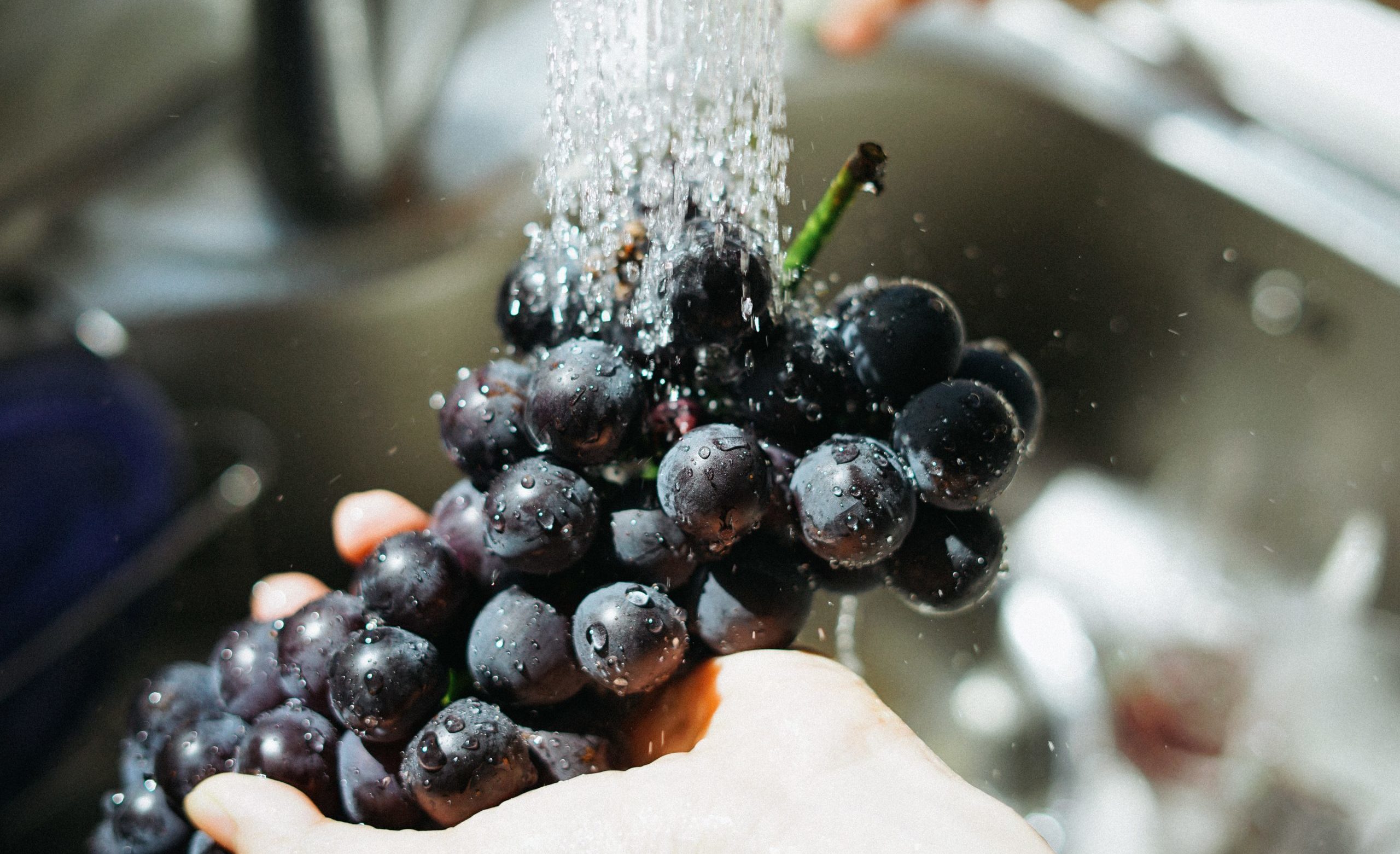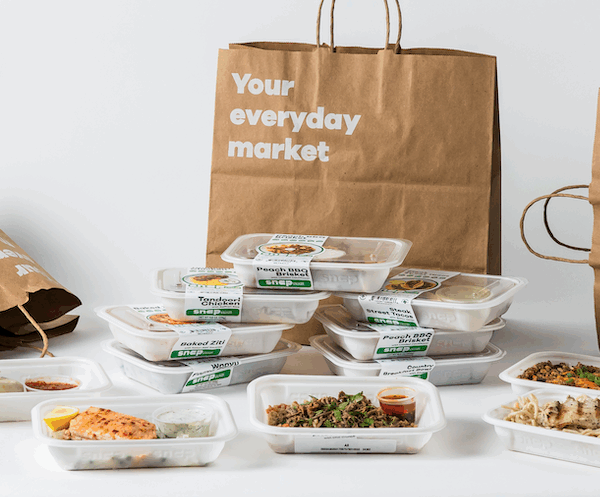Many functional medicine practitioners consider there to be a few basic pillars of health: sleep, stress-management/mindset, nutrition, movement, and limiting toxin exposure. Most of these seem obvious, but limiting toxins might seem a little out of place at first glance.
But every day, we expose ourselves to hundreds of toxic chemicals. They lurk everywhere from our household products to our toiletries. But thankfully, a slew of natural alternatives have been making their way onto the scene that makes living worry-free easier than ever. Today, we’re breaking down what toxins are, why you might want to avoid them, and safer alternatives. Buckle up!
What is a toxin?
Simply put, a toxin is any substance that is harmful to the body. While some toxins are more obvious, like pesticides, industrial byproducts, or environmental pollution, others are a little less well-known. These include toxins lurking in personal care products (like makeup, skincare, and deodorant), household cleaning products, water, cookware, clothing and more. Most of the chemicals present in these items have been approved by the government. Generally, it’s left up to the individual companies to show that the ingredients they’re using are safe, and to test accordingly.
There are three main ways that our bodies absorb toxins: inhalation, eating and drinking, and absorption through the skin.
Inhalation
Most of us spend the majority of our time indoors. Surprisingly, indoor air can be up to 5x more polluted than outdoor air, which has prompted the Environmental Working Group to consider it a key environmental risk for public health. Our outside environment is also often polluted from things like car exhaust, factory emissions, and more.
Eating and drinking
Pesticides are a large concern when it comes to toxin exposure, and not just when it comes to your produce. Grains, beans, nuts, and other foods are also sprayed with pesticides. The Environmental Working Group has a handy Dirty Dozen/Clean 15 list that lists the crops most heavily sprayed with pesticides so that you can shop for organic produce accordingly.
The types of foods you eat can also contribute to your toxic burden in other ways, too. For example, a high consumption of refined sugar or carbohydrates can lead to increased inflammation, high blood sugar, and an increased burden on your body.
The water we drink can also contain contaminants. Even though many municipalities treat their water with either chlorine or chloramines according to the Environmental Protection Agency (EPA) guidelines, the water at your tap may still contain things like pesticides, herbicides, pharmaceuticals, chlorine-resistant cysts like giardia and cryptosporidium, VOCs (Volatile Organic Compounds) and more.
In many recent cases, like in Flint, Michigan, your water can pick up lead on its way from the treatment plant to your home. Generally, this is an issue that is more common with homes that were constructed before the 1980s.
And if you’re on well water, there are actually no EPA regulations on how to treat your water. So, well water ends up typically showing high levels of calcium, magnesium, potassium — plus runoff from nearby farms and manufacturing facilities that have either dumped their byproducts improperly or if there was a rainstorm that carried contaminants downstream.
The fix? There is no one-size-fits-all fix that will purify your water. Reverse Osmosis systems are typically the best at purifying your water as it can catch chemicals down to the smallest micron — however, even RO systems take out the important minerals your body needs like Calcium, Magnesium, and Potassium, and drinking too much can deplete your system of the proper nutrients it needs.
In any case, invest in a water filtration system that tackles the specific issues within your home — that way you can drink clean water and wash your fruit and veggies of toxins.
Absorption
You can absorb toxins through your skin, too. Our skin is our largest organ and key barrier between our internal structures and the external environment. Once absorbed by our skins, toxins have an easy path into the bloodstream. This can include the chemical ingredients present in makeup, moisturizers, face wash, sunscreens and soap, among others.
The effects of this are not usually seen immediately, but many can leave your skin and hair feeling dry.
Toxins & their impact on health
A high toxic burden can lead to a host of health issues, from autoimmune conditions to immune dysfunction, cardiovascular disease, neurodegenerative disorders and metabolic conditions (like diabetes).
The good news is that our bodies have a built-in detoxification system: our liver! The bad news is that overexposure to toxic products and chemicals will overload the liver’s capacity to detox. For example, the average woman uses 12 different products per day with more than 150 ingredients. That’s a lot to expose our bodies to at once, in addition to the daily onslaught of air and water pollution, conventional household cleaners, and pesticides.
And look, we get that it’s impossible to avoid all toxins in an increasingly toxic world. The issue at hand is not to avoid everything but to limit exposure where possible. Our bodies each have a threshold. If your sleep, nutrition and stress management are all on point, you might find that you can get away with not cleaning up your personal care or household cleaning products. But if you slip in those areas and continue to use these products too, your body may eventually reach a tipping point, one that leads to other chronic health conditions, like an autoimmune disease.
Safer alternatives
While we have lots of recommendations here, there are also tons of recipes out there for making things yourself, and there’s no shame in slowly switching products over. Limiting exposure is the goal here, especially initially. As with much in the health and wellness space, there’s no right way to be “perfect”, since some things are just out of our control.
When it comes to personal care and household products, it’s best to read the ingredient list, just like you would for your food! There are apps and websites you can reference to help do some of the heavy lifting. Our favorites are the ThinkDirty app and The Environmental Working Group. Here are some of our other favorite products to help you get started.
Makeup
- W3ll People
- RMS Beauty
- Ilia
- Tata Harper
- Credo Beauty
Skincare
- Credo Beauty
- Tata Harper
- Cocokind Skincare
- Primally Pure
Soap
- Branch Basics
- Soapply
- Moon Valley Organics
Household cleaners
- Branch Basics
- Dr. Bronners
- Common Good
- Aunt Fannie’s
- ECOS
- Molly’s
- Whole Foods 365
- Ecover
- Better Life
Water filters
- Aquasana
- Berkey Filters
Non-toxic tips/additional reading
We love Primally Pure for their awesome blog resources devoted to truly safe skincare.
Environmental Working Group – ranks many household products on an A-E scale and also provides the Dirty Dozen/Clean 15 list for pesticides.
Think Dirty App – Allows you to scan different personal care and household products for a rating. The main limitation here is the number of brands the app currently lists.
We also think functional medicine practitioners, like Amy Myers MD, Chris Kresser, Ali Miller RD, and Dr. Jolene Brighten, to name a few, are awesome resources for non-toxic living and any of your other health questions.
——-
Ready for meal plans that are chef-designed, dietitian-curated, and made with thoughtfully-sourced ingredients? Satisfy your cravings while getting the nutrients you need delivered to your door with Snap Kitchen meal plans! Sign up today.





Leave a Reply
No Comments